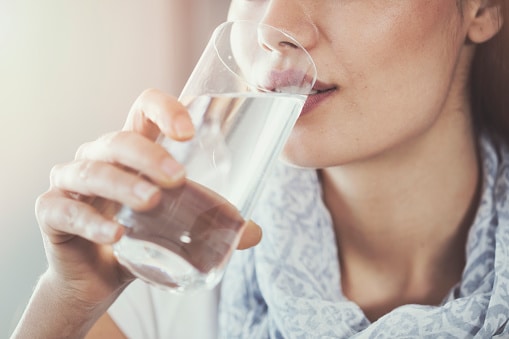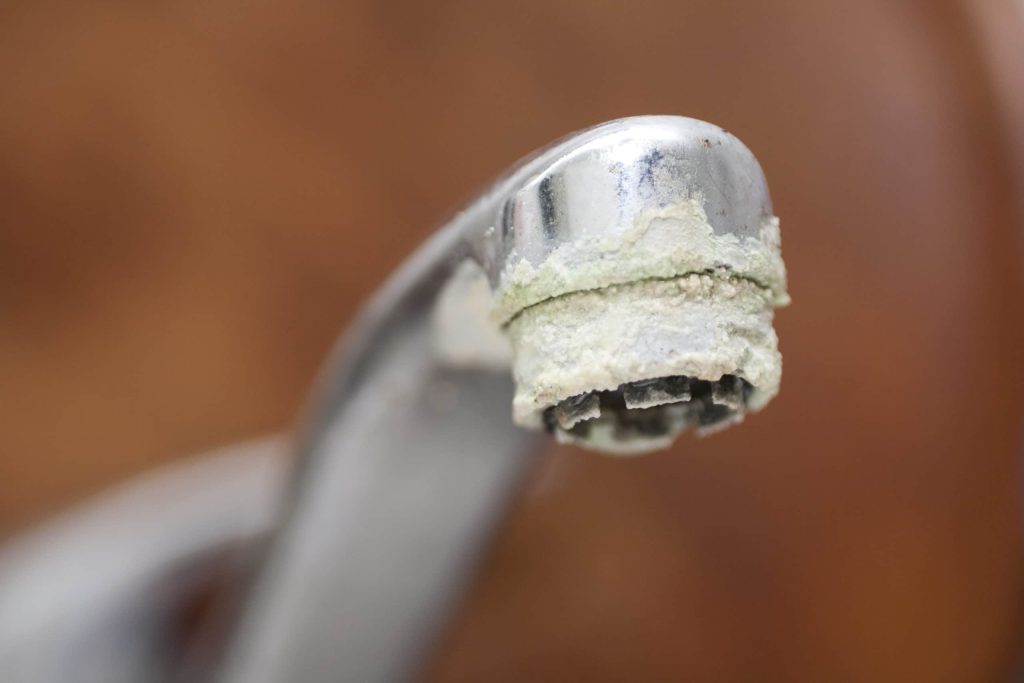The bottled water market is growing, big corporations are investing in it, and the cost-per-gallon is higher than tap water, but does it deliver the health benefits people believe? Let’s explore.
The market IS growing. We drink more bottled water than any other country in the world second to only China, with the number of Americans who consume bottled water daily growing by ten percent each year. From 2011 to 2016, the market for packaged H2O grew 39 percent from 9.2 to 12.8 billion gallons, while the demand for carbonated drinks shrank by eight percent. By taking in 39 gallons of bottled H2O annually, Americans typically drink more bottled water than milk or beer. In fact, 2016 marked the first year when Americans drank more bottled water than soda. Recognizing its money-making potential, companies such as Coca-Cola and PepsiCo have started investing in them.
Twenty-five percent of people who drank bottled H2O believe that it was more beneficial than tap water, according to a study conducted by Mintel, a market research firm based in London. The news of disasters such as those in Flint, Michigan have caused Americans to lose trust in the quality of their urban water systems. Furthermore, the harmful effects of chlorine and chloramine, as well as their disinfectant byproducts (DPBs), that are in our drinking water are well documented. Additionally, the U.S. Environmental Protection Agency (EPA) has found 100 unregulated chemicals and 12 microbes in public water that could pose a health risk to those who are exposed.
While tap water may not be as healthy as many assume, more than 25 percent of bottled water is sourced from municipalities. From there, it undergoes additional filtration including reverse osmosis (RO). Manufacturers of packaged H2O were mandated to modify their labels to reflect their water source. The EPA, which regulates tap water, has their water tested at least 100 times a month for quality and contamination. Bottled H2O plants, on the other hand, are only required to test weekly for the presence of coliform bacteria. While the EPA sends out an annual drinking water quality report (or Consumer Confidence Report) that details their water source and contaminants in it, companies that manufacture bottled H2O are not required to do so.
Once the bottles are sealed, they often remain in storage for months. As there is no guaranteeing cold storage, the bottled water becomes vulnerable to contamination from microplastic particles—or phthalates—especially under high temperatures. Phthalates are primarily used to make polyvinyl chloride or to soften plastic. Americans consume and breathe in between 74,000 and 121,000 microplastic particles per year depending on their age and gender. By solely drinking packaged H2O, a person ingests 90,000 more plastic particles. Researchers tested 259 bottles obtained from 11 brands gathered from nine different countries. Only seven percent of the bottles were free of plastic particles. In a liter of bottled water, one can find an average of 325 microplastic particles. There are twice as many microplastics in bottled water as compared to tap. Polypropylene, the plastic used to make bottle caps, was found in the water. Upon discovering that more than 90 percent of popular bottled water brands contains microplastic, the World Health Organization (WHO) decided to investigate its potential health risks. When stored for 10 weeks or more, phthalates can be found in the water. Plastic bottles may be convenient to reuse; but by doing so, the plastic leaches chemicals such as DEHA, a possible human carcinogen, and benzyl butyl phthalate, a potential hormone disruptor.
An Associated Press-GfK water poll conducted in 2016 revealed that only a third of Americans drink tap water, while 30 percent drink bottled H2O. Fifty-one percent cited taste as their reason for avoiding tap water. It turns out, however, that not everyone can differentiate between the two. A taste test was carried out by students enrolled in Boston University using water from school facilities and packaged H2O from leading manufacturers of bottled water. Only a third of the 67 people could accurately identify the tap water.
Plastic bottles need decades to decompose, thereby contributing to environmental waste and often end up floating around the ocean in circulating plastic islands. Here’s food for thought: is it worth paying 2000 times the price of tap water and polluting our environment for bottled water that is obtained from municipal supplies? If you are concerned about what’s lurking in your tap water, you can easily filter out these contaminants and unwanted minerals using an advanced reverse osmosis process. Along with a variety of optional auxiliary filters, our Kinetico K5 reverse osmosis system can be catered to meet all of your drinking water needs. Once you have this RO system, you can save the environment by filling a stainless-steel water bottle with the purified RO water and enjoy the best-tasting drinking water available.
Sources cited
Andrew Postman, NRDC, “The Truth about Tap,” 2016, https://www.nrdc.org/stories/truth-about-tap
ChemicalSafetyFacts.org, “Phthalates,” https://www.chemicalsafetyfacts.org/phthalates/
Eric Goldschein, Business Insider, “15 Outrageous Facts about the Bottled Water Industry,” 2011, https://www.businessinsider.com/facts-bottled-water-industry-2011-10
Graham Readfearn, Guardian, “WHO Launches Health Review after Microplastics Found in 90% of Bottled Water,” 2018, https://www.theguardian.com/environment/2018/mar/15/microplastics-found-in-more-than-90-of-bottled-water-study-says?CMP=share_btn_tw
Leslie Friday, BU Today, “Bottled vs. Tap: Which Tastes Better?” 2011, https://www.bu.edu/today/2011/bottled-vs-tap-which-tastes-better/
Markham Heid, TIME, “Your Bottled Water Probably has Plastic in it. Should you Worry?” 2019, https://time.com/5581326/plastic-particles-in-bottled-water/?xid=tcoshare#2a93b234-6878-4872-9312-40cdfa1d9d8b?utm_source=twitter.com&utm_medium=social&utm_campaign=social-share-article
Mintel, 2016, https://store.mintel.com/industries/drink-and-tobacco/non-alcoholic-drink/bottled-water?region=595
Sherri A. Mason, Victoria G. Welch, Joseph Neratko, US National Library of Medicine National Institutes of Health, “Synthetic Polymer Contamination in Bottled Water,” 2018, https://www.ncbi.nlm.nih.gov/pmc/articles/PMC6141690/
Susan Scutti, CNN, “If you drink bottled water, you could double how many microplastic particles you ingest, study says,” 2019, https://www.cnn.com/2019/06/05/health/microplastic-particle-ingestion-study/index.html?utm_content=2019-06-09T09%3A01%3A07&utm_term=link&utm_medium=social&utm_source=twCNN
WaterPolls.org, 2016, https://waterpolls.org/ap-gfk-flint-water-poll-2016/

Hydration: The Key to Mental and Physical Health
Water is composed of hydrogen and oxygen, and is an essential compound that is plentiful under the earth’s surface and essential for the survival for all plant and animal life. …
Continue Reading

